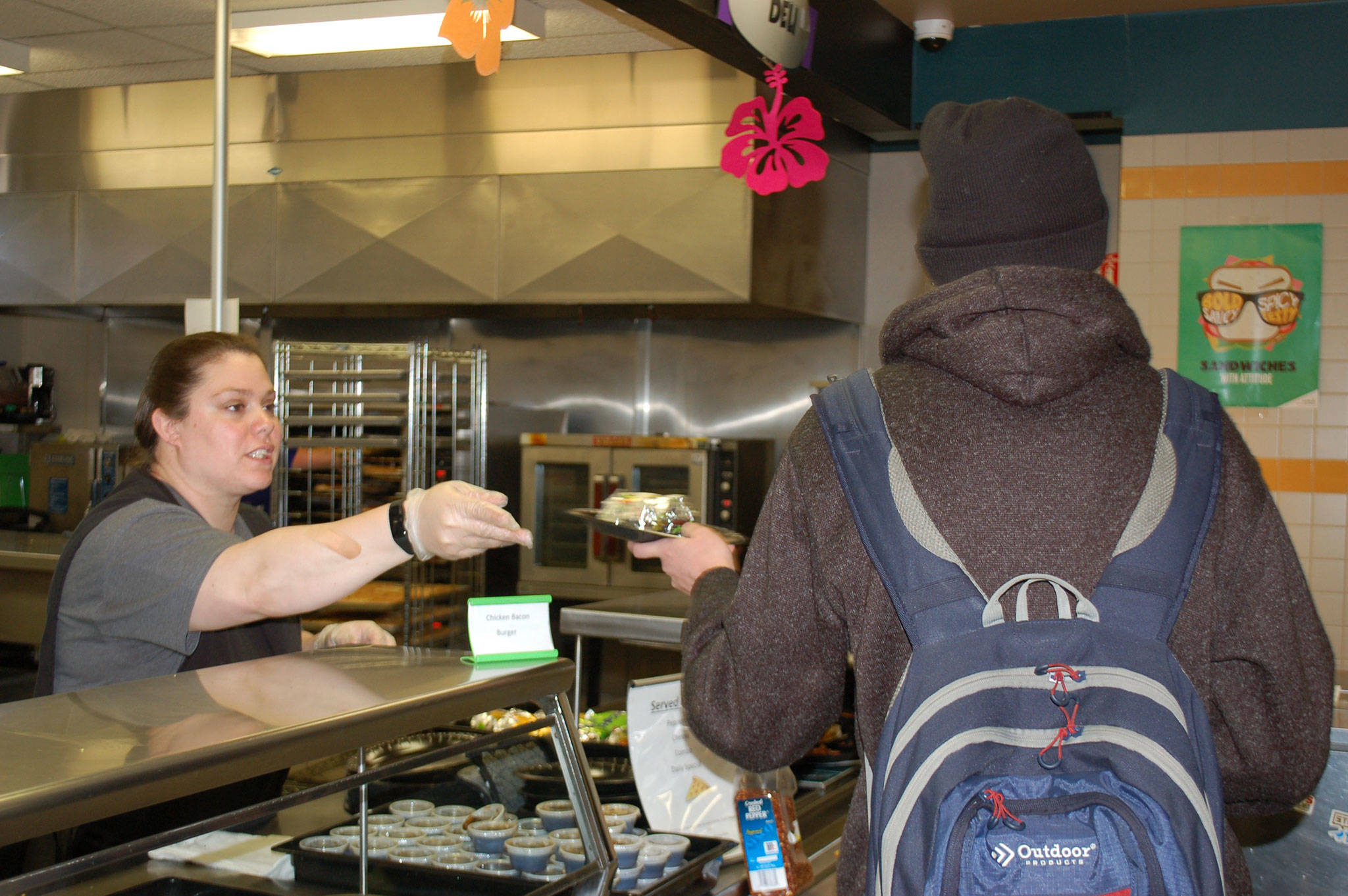Millions of students across the US have access to the federally assisted meal program known as free and reduced lunch, which provides nutritionally balanced, low cost or no cost lunches to children each school day.
Some schools, however, can earn money on top of allocations for the free and reduced lunch program.
For the 2017-2018 and 2018-2019 school years, Helen Haller has qualified for high poverty allocation money, giving the elementary school about $145,000 to deliver extended learning time during the school day and extended learning days, which are delivered through summer learning camps.
Shelley Langston, executive director for learning support services at Sequim School District said in the last two years Helen Haller has seen a slight decline in students registered for free and reduced lunch, which could threaten the school receiving these high poverty allocations if it drops below 50 percent in the future.
“It is a big impact,” Langston said. “We’re using that to add extended learning time.”
Helen Haller is the only school in Sequim School District that receives high poverty allocation funds. Langston said while the numbers are not dropping significantly, there is some concern because the district wants to make sure students are able to access as many learning support services as possible.
“There is a point when the number is the number, and that’s going to be what works in terms of funding for next year,” she said.
Helen Haller has been well above the 50 percent threshold of students registered for free and reduced since March 2012, but in the last two years (2017 and 2018) it has been on the lower end of the threshold at about 52 percent. If the school does not reach above 50 percent, it will not get allocations.
In 2016, Helen Haller was at 55 percent, in 2015 at 57 percent, in 2014 at 54 percent, in 2013 at 56 percent and in 2012 at 51 percent. Greywolf Elementary School has not qualified for the high poverty allocations since 2012.
“All students who qualify have access to free or reduced lunch,” Langston said. “This additional LAP support is for this and next school year only.”
Free and reduced lunch numbers are determined by how many families qualify for this support based on household income, how many people are in the household and a number of other factors. Langston said all schools recommend that parents/guardians/caregivers send in completed free and reduced forms every year. This information is kept confidential, she said.
“We want to make sure every kid who needs that service can get that,” Langston said.
“We encourage people to get that (form) turned in.”
Langston said she does not know why the numbers have been on the lower end in the last two years, but it could be due to less parents filling out the application forms at the beginning of the school year.
For more information about the district’s free and reduced lunch program, visit http://www.sequimschools.org/Resources/information_for_parents/free___reduced_lunch_program.


